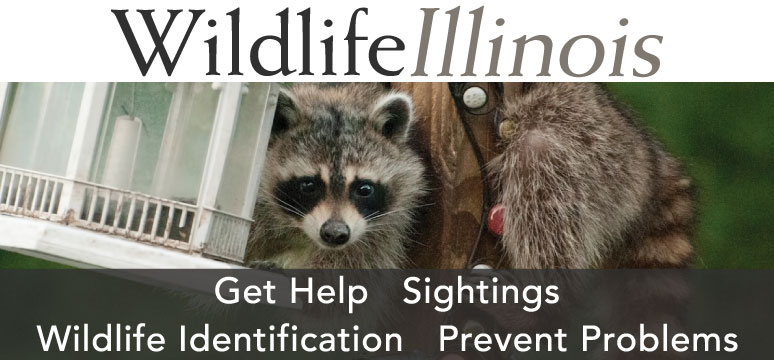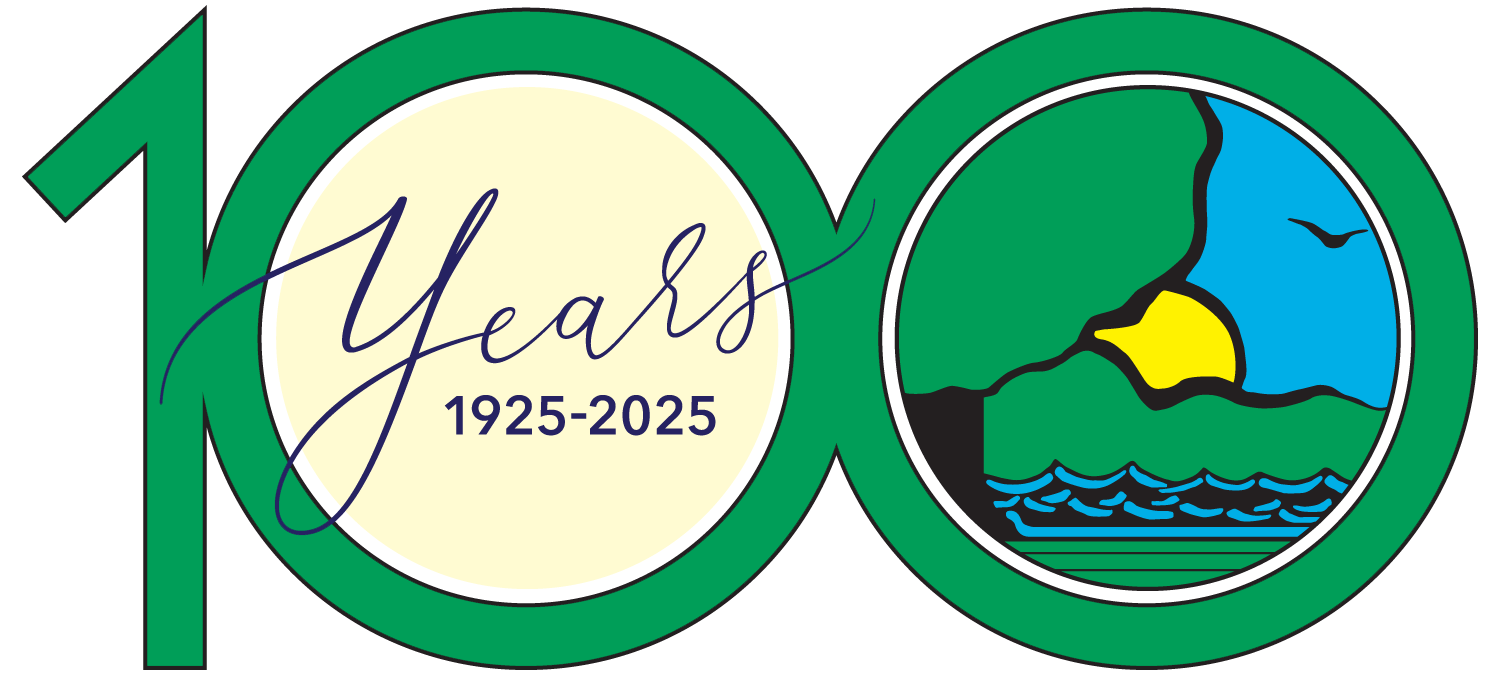
Photo courtesy of Scott James.



Photo courtesy of Scott James.
Great things are happening in southern Illinois for the bobwhite quail and for pollinators. The Illinois Department of Natural Resources (IDNR) and Pheasants Forever/Quail Forever (PF/QF) have teamed up the past year-and-a-half to improve wildlife habitat throughout the state, and particularly to enhance quail habitat in southern Illinois.

At the August 2019 meeting of the National Bobwhite Technical Committee in Carbondale, nearly 100 like-minded biologists, quail enthusiasts and upland game bird experts gathered to discuss ideas and plans to help restore the bobwhite quail to the landscape throughout the bobwhite range. On one day of the meeting, IDNR hosted a tour of the somewhat newly acquired Burning Star State Fish and Wildlife Area (SFWA) in Jackson County. IDNR announced that the area will become the state’s first quail focal area, focusing management of the area specifically for bobwhites. The committee discussed ideas and plans to help reclaim habitat on the more than 4,500 acre Burning Star SFWA, former surface mine ground acquired in 2014, and improve it for bobwhite quail. Side conversations occurred about enhancement of adjacent private lands, which would help bolster quail numbers in the Burning Star vicinity, using private lands programs that conservation partners offer.

A few of the key ideas discussed following the August 2019 meeting were to diversify grassland and pollinator plantings around agricultural fields, eradicate non-native and invasive plants, and use prescribed burning to help maintain habitats and make the land accessible to our small and beloved quail. These plans are starting to be implemented and will continue as planned to improve habitat for quail.
In the fall of 2019, removal of autumn olive and locust trees began in a few areas of Burning Star. Quail Forever (QF) biologists have plans to assist IDNR staff with grassland and pollinator plantings in the fall of 2020 and spring of 2021. Prescribed fires will begin soon after that. Like most targeted habitat activities, these improvements will not just encourage quail to inhabit the area but will provide necessary habitat and food resources for other wildlife. These improvements will help create cover and food for pollinators to thrive, for turkeys to nest and catch a meal of bugs, and be a good source of protein for deer. Quail and pollinator habitat go hand-in-hand and help a multitude of species.
QF’s work is not restricted to QF biologists helping IDNR get habitat on the ground in southern Illinois. QF chapters have raised money and helped reclaim dozens of acres over the last two years. The Rend Lake QF chapter recently donated seed to Wayne Fitzgerald State Recreation Area (Franklin County) for 5 acres of pollinator habitat and 10 acres of grassland habitat. The Silver Creek QF chapter donated 10 acres worth of seed in 2018 to the Peabody River King State Fish and Wildlife Area (St. Clair County) with hopes of adding 10 acres more in 2020.

Every acre counts and the areas developed aren’t just used by quail but are important to all wildlife in southern Illinois. Similar activities are occurring for pheasants, pollinators and other wildlife in northern Illinois, too. If you want to learn more information about Quail Forever, find a chapter or a biologist to help you start a project on your own property or favorite recreational area, visit Quail Forever.
Preston Chapman is the Southern Illinois Quail Forever Biologist.
Submit a question for the author